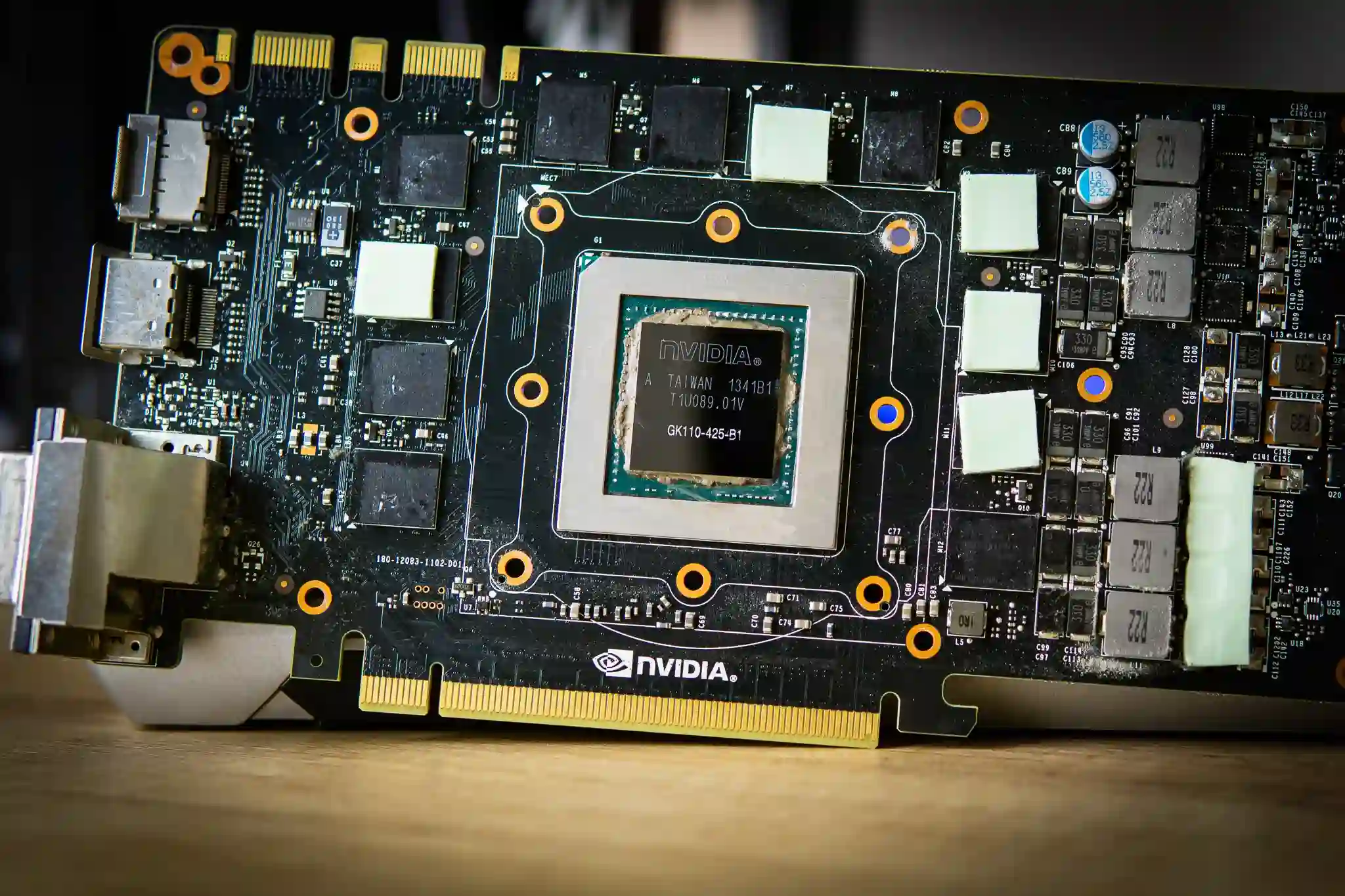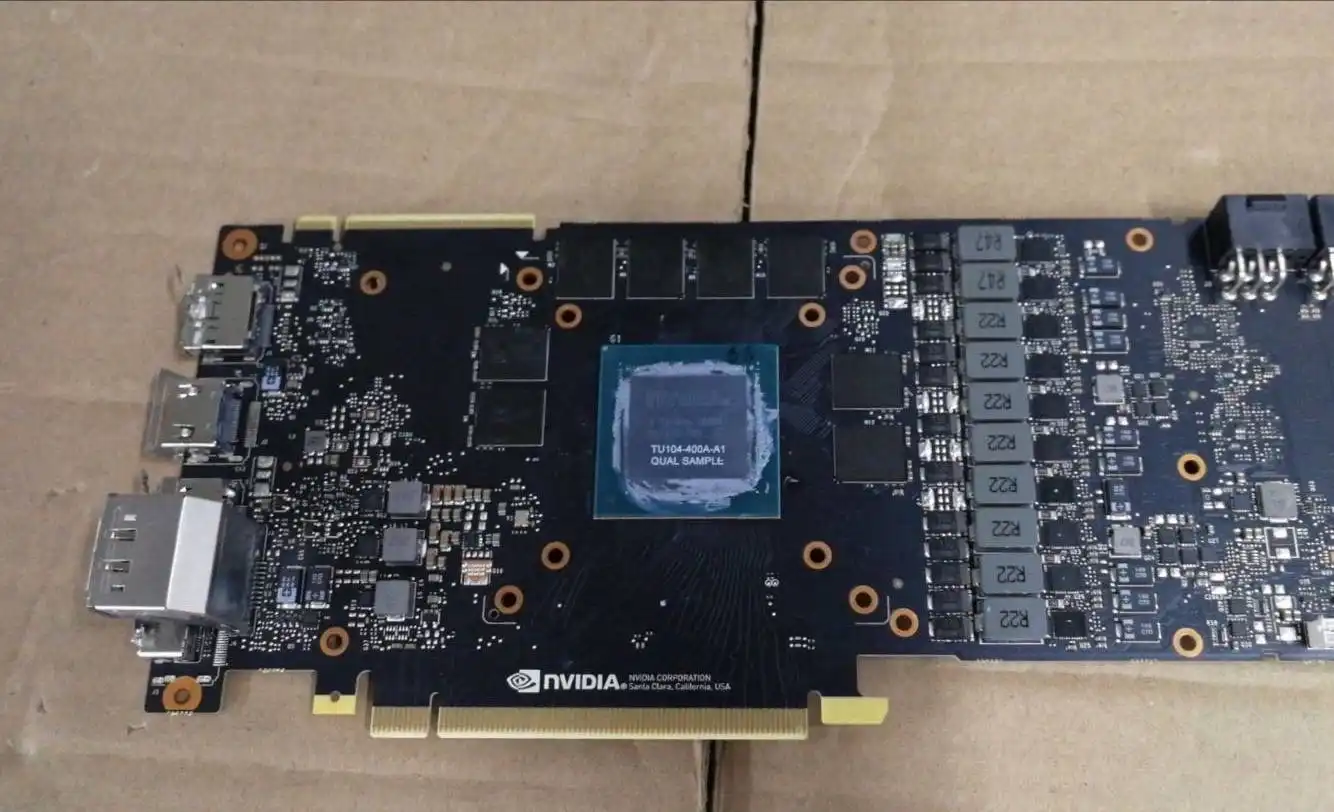In today’s fast-paced technological landscape, staying ahead of the curve in optimizing PC performance is crucial. One key aspect that can significantly enhance your computer’s capabilities is upgrading the Graphics Processing Unit (GPU).
But where do you begin? How do you navigate the vast array of options and ensure you’re making the right choice? This complete guide will provide you with the necessary knowledge and guidance to embark on how to upgrade GPU components.
From understanding the importance of GPU upgrades to selecting the right components for your specific needs, we’ll cover it all. Prepare to unlock the true potential of your PC and experience a whole new level of performance.
Key Takeaways
- Upgrading the GPU components of a computer can significantly improve graphics quality, rendering times, and overall performance.
- It is important to assess compatibility before upgrading a GPU, considering factors such as motherboard compatibility, physical dimensions, power supply wattage, and cooling capabilities.
- When choosing a GPU, it is important to consider desired performance level, compatibility, budget, and future-proofing options.
- To optimize GPU performance, regularly update drivers, manage temperature, adjust in-game graphics settings, consider overclocking with caution, and troubleshoot common issues that may arise after GPU upgrades.
Understanding the Importance of GPU Upgrades
Understanding the significance of upgrading your GPU components is crucial for maximizing your PC’s performance and unlocking its full potential. The GPU, or Graphics Processing Unit, is responsible for rendering images, videos, and animations on your computer screen. It plays a vital role in gaming, video editing, and other graphics-intensive tasks.
Upgrading your GPU components can provide several benefits, including improved graphics quality, faster rendering times, and enhanced overall performance.
One of the primary reasons to upgrade your GPU components is to keep up with the latest advancements in technology. As new games and software are developed, they often require more powerful GPUs to run smoothly. By upgrading your GPU, you ensure that your system can handle the demands of modern applications and deliver a seamless user experience.
Additionally, upgrading your GPU can significantly enhance your gaming experience. A powerful GPU can handle complex graphics and deliver high frame rates, resulting in smooth gameplay and more immersive visuals. Whether you’re a casual gamer or a professional eSports player, upgrading your GPU can make a noticeable difference in your gaming performance.
Furthermore, upgrading your GPU components can future-proof your PC. As technology advances, software becomes more demanding, and older GPUs may struggle to keep up. By investing in a high-quality GPU now, you can ensure that your PC remains capable of handling new software and games for years to come.
Assessing Your PC’s Compatibility for GPU Upgrades
Is your PC ready for a GPU upgrade? Assessing your PC’s compatibility for GPU upgrades is crucial before making any decisions. Upgrading your graphics processing unit (GPU) can significantly enhance your PC’s performance and allow you to enjoy the latest games, graphics-intensive applications, and virtual reality experiences. However, it is essential to ensure that your computer’s hardware and power supply can support the new GPU.
Firstly, check the compatibility of your motherboard. Most modern GPUs use the PCI Express (PCIe) interface, so ensure that your motherboard has an available PCIe slot. Additionally, consider the physical dimensions of the GPU and the space available in your PC case. Some high-end GPUs can be quite large and may not fit in smaller cases.
Next, evaluate your power supply unit (PSU). A more powerful GPU will require more power, so make sure your PSU can handle the increased load. Check the wattage rating of your PSU and compare it to the recommended power requirements of the GPU you are considering. It is also important to ensure that your PSU has the necessary power connectors for the GPU.
Lastly, consider your PC’s cooling capabilities. Upgrading to a more powerful GPU can generate more heat, so ensure that your case has adequate airflow and cooling solutions to prevent overheating.

Choosing the Right GPU for Your Needs
After assessing your PC’s compatibility for GPU upgrades, the next step is to carefully choose the right GPU that meets your specific needs and requirements. Selecting the perfect GPU can significantly enhance your PC’s performance and ensure a seamless gaming or graphic-intensive experience.
Here are four important factors to consider when choosing the right GPU:
- Performance: Look for a GPU that provides the desired level of performance for your intended use. Consider factors such as clock speed, number of cores, and memory capacity to ensure smooth and lag-free performance.
- Compatibility: Ensure that the GPU is compatible with your PC’s motherboard and power supply. Check the slot type (e.g., PCIe) and power requirements (e.g., wattage) to ensure a proper fit.
- Budget: Set a budget for your GPU upgrade and consider options that offer the best value for money. Compare prices and performance benchmarks to find the right balance between cost and performance.
- Future-proofing: Consider the future requirements of your PC and choose a GPU that can handle upcoming games or software updates. Opt for a GPU with the latest technologies and features to ensure longevity and avoid the need for another upgrade in the near future.
Step-by-Step Guide to Upgrading Your GPU Components
To successfully upgrade your GPU components, follow this step-by-step guide for a seamless and efficient process.
- Research and compatibility: Start by researching the latest GPU models available in the market. Consider factors such as your budget, power requirements, and compatibility with your existing system. Check the specifications of your motherboard and power supply to ensure they can support the new GPU.
- Backup and preparation: Before making any changes, it is crucial to back up your important files and create a system restore point. This will help you recover in case any issues arise during the upgrade process.
- Uninstall previous drivers: Use a driver uninstaller tool to remove the drivers of your current GPU. This will prevent any conflicts with the new GPU drivers.
- Install the new GPU: Carefully remove the old GPU from its slot and insert the new one. Make sure it is securely seated and properly connected to the power supply.
- Install new drivers: Download the latest drivers for your new GPU from the manufacturer’s website. Install them according to the provided instructions.
- Test and optimize: Once the drivers are installed, restart your PC and run benchmarking software to test the performance of your new GPU. Adjust the settings as necessary to optimize performance.
Optimizing GPU Performance for Enhanced PC Experience
Continuing our exploration of optimizing GPU performance, let’s now delve into strategies for enhancing your overall PC experience. By implementing these techniques, you can ensure a smoother and more enjoyable computing experience:
- Update your drivers regularly: Keeping your GPU drivers up to date is crucial for optimal performance. Manufacturers frequently release driver updates to fix bugs, improve stability, and enhance compatibility with the latest games and software.
- Manage your GPU temperature: Overheating can lead to performance throttling and even system crashes. Ensure proper airflow in your PC case, clean dust from your GPU heatsink, and consider using third-party software to monitor and control your GPU temperature.
- Optimize in-game settings: Adjusting graphics settings in games can significantly impact performance. Experiment with different presets or manually tweak options like resolution, texture quality, anti-aliasing, and shadows to find the right balance between visuals and performance.
- Consider overclocking: If you’re comfortable with advanced tweaking, overclocking your GPU can provide a performance boost. However, proceed with caution and ensure proper cooling to prevent damage to your hardware.
Troubleshooting Common Issues With GPU Upgrades
Troubleshooting common issues that may arise after upgrading your GPU components is essential for ensuring a smooth and successful transition. While upgrading your GPU can significantly enhance PC performance, it can also introduce certain challenges that need to be addressed.
One common issue that users may encounter is driver compatibility problems. When installing a new GPU, it is crucial to update the drivers to ensure optimal performance. Outdated or incompatible drivers can lead to crashes, graphical glitches, or even system instability. To troubleshoot this issue, it is recommended to visit the manufacturer’s website and download the latest drivers specifically designed for your new GPU model.
Another potential issue is insufficient power supply. Upgrading to a more powerful GPU may require a higher wattage power supply unit (PSU) to provide adequate power. Insufficient power supply can cause system instability, random shutdowns, or even damage to the GPU. To address this, ensure that your PSU is capable of delivering enough power to meet the requirements of your new GPU. If necessary, consider upgrading to a higher wattage PSU.
Lastly, overheating can be a common issue after upgrading your GPU. A more powerful GPU may generate more heat, which can lead to thermal throttling or even hardware failure. To mitigate this, ensure that your PC has proper cooling mechanisms in place, such as fans or liquid cooling solutions. Regularly clean your PC to remove dust and debris that can obstruct airflow and cause overheating.
Frequently Asked Questions
Can I Upgrade My GPU if My PC Is Not Compatible?
Yes, it is possible to upgrade your GPU even if your PC is not initially compatible. However, it may require additional hardware or software modifications to ensure compatibility and optimal performance. Consulting with a professional technician is recommended.
What Factors Should I Consider When Choosing a Gpu?
When choosing a GPU, it is important to consider factors such as compatibility with your PC, power requirements, budget, and desired performance. These factors will help ensure that you make the right choice for your needs.
How Do I Physically Install a New GPU in My Computer?
To physically install a new GPU in your computer, first, ensure compatibility with your system’s specifications. Then, power off your computer, remove the old GPU, insert the new one into the appropriate slot, secure it, and connect the necessary power cables.
Are There Any Software Updates or Settings I Need to Adjust After Upgrading My Gpu?
Yes, there may be software updates and settings that need to be adjusted after upgrading your GPU. It is important to ensure that your drivers are up to date and optimize your settings for optimal performance.
What Are Some Common Problems That Can Occur After Upgrading a GPU, and How Can I Troubleshoot Them?
Common problems that can occur after upgrading a GPU include driver compatibility issues, overheating, and performance inconsistencies. Troubleshooting methods include updating drivers, adjusting fan speeds, and monitoring temperature levels to ensure optimal performance and stability.
Conclusion
In conclusion, upgrading GPU components is a crucial step in optimizing PC performance. This comprehensive guide has provided valuable insights into the process of selecting and installing the most suitable GPU for individual needs. By following the step-by-step instructions and implementing the expert advice shared in this article, readers can drive significant improvements in their PC’s performance, including enhanced graphics, improved gaming experiences, and smoother multitasking capabilities. With the knowledge and tools gained from this guide, readers are well-equipped to make informed decisions and achieve optimal results through GPU upgrades.
You may also like to read:
IT Management Skills: Must-Haves for IT Infrastructure

